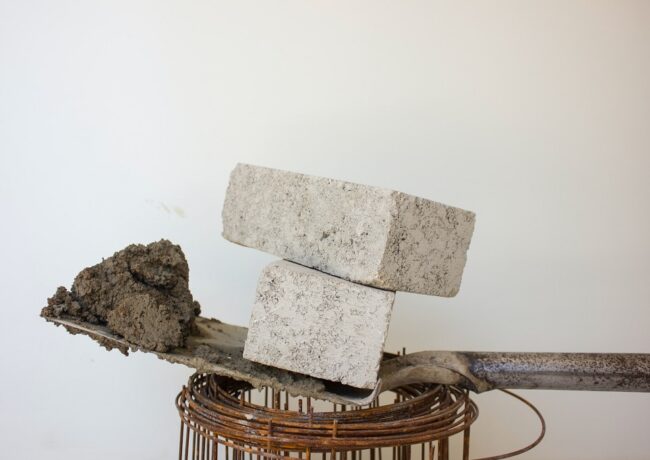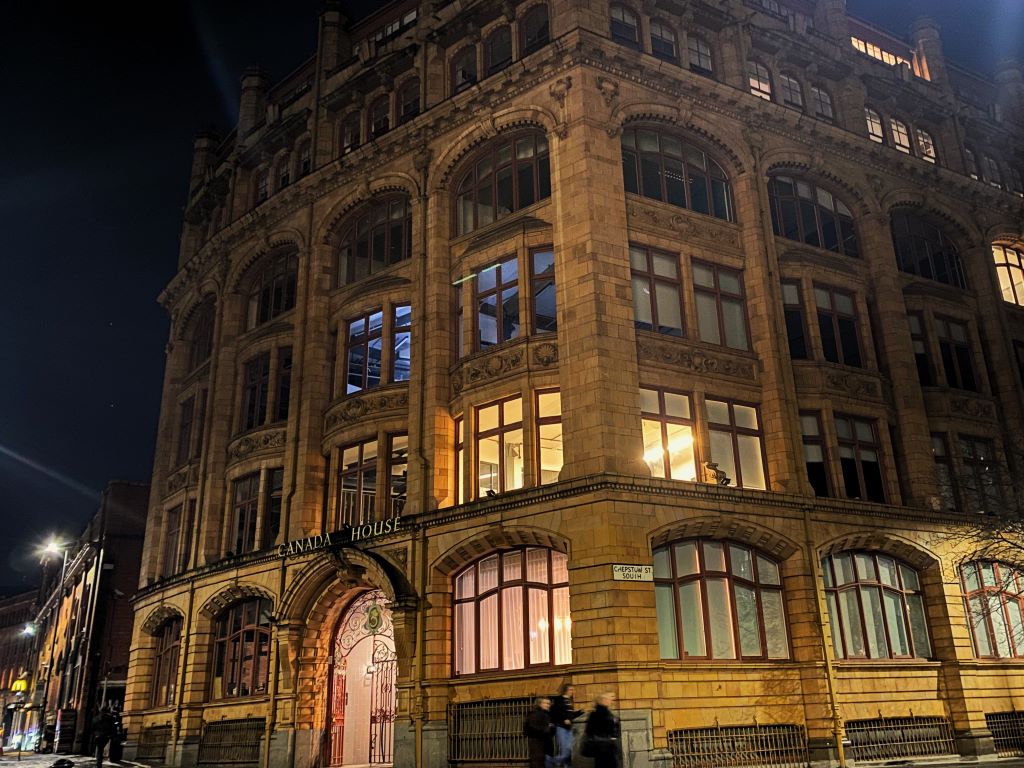Laing O’Rourke ditches Ordinary Portland Cement
The construction firm has pledged to only use low-carbon concrete on new projects from this month onwards, effectively banning the prolific building material.
Ordinary Portland Cement is one of the world’s most common ingredients for concrete. Around 3.5bn tonnes of OPC is produced a year, according to an Imperial College London report from 2021. That same report estimates that each tonne of Ordinary Portland Cement is responsible for up to 622 kilograms of carbon dioxide emissions.
The cement industry worldwide accounts for between 5% and 8% of total global greenhouse gas emissions, according to the Global Cement and Concrete Association.
In deciding to only use lower carbon alternatives to OPC, Laing O’Rourke said the company would reduce its carbon emissions by 14.4m kilograms – roughly 28% compared to the company’s concrete usage last year. This is the equivalent of planting 120,000 trees, the company estimated.
Laing O’Rourke will be replacing OPC with several lower-carbon alternatives. These include two industrial by-products: ground granulated blast-furnace slag and pulverised fuel ash. Both materials have a smaller carbon footprint compared to OPC.
Concrete made with these materials has been shown to successfully act as a like-for-like substitute for traditional concrete. This has been proven during a research programme co-funded by Laing O’Rourke and Innovate UK, which was conducted with the University of Cambridge and Sheffield University’s Advanced Manufacturing Research Centre.
Laing O’Rourke said it would be only using low-carbon concrete on new projects that began main construction on or after 1 April, meaning that older projects – like the Everton Stadium at Bramley-Moore Dock in Liverpool – will continue to use OPC as a material.
Laing O’Rourke has committed to using 30% low-emission concrete by 2025 and 50% by 2030. The company, as a member of group ConcreteZero, wants to be using only net zero concrete by 2050.
Other ConcreteZero members include Landsec, Moda Living, Buro Happold, Grosvenor, Willmott Dixon, and WSP.
Cathal O’Rourke, Laing O’Rourke’s chief operating officer, said: “Reducing all carbon emissions is a priority for our business.
“The built environment makes a significant contribution to global warming and constructors must work with clients and design partners to deploy new technologies and innovations that make modern methods the norm and enable us to build in less carbon-intensive ways.”
Laing O’Rourke said it would continue investing in research into lower carbon alternatives to cement.
Rossella Nicolin, the company’s head of sustainability for Europe, praised the team whose research had made the current pledge possible.
“The expertise of our in-house concrete technologists, the experts who operate our advanced manufacturing facility in Nottinghamshire (the Laing O’Rourke Centre of Excellence for Modern Construction, CEMC), and our supply chain partners, have all contributed to this significant step forward,” Nicolin said.
“Last year, 43% of the concrete products we manufactured for our live projects were low carbon,” she continued. “It’s exciting to think this will rise to 100% this year, and that very soon all our new projects will only use low-carbon concrete. I want to thank the team whose hard work has made it possible.”
Laing O’Rourke is the main contractor for several large-scale projects in the North West. In addition to the Everton Stadium, the construction firm is the £210m Factory International in Manchester. Notable projects include the Royal Liverpool University Hospital, Alder Hey Children’s Hospital in Liverpool, and the £20m Abraham Moss Library and Leisure Centre in Crumpsall.





The materials cited are used to reduce, not eliminate cement.
By John Fidler
Are they using IBA Aggregates as a low carbon alternative ground fill under the concrete?
By Sarah Lakin